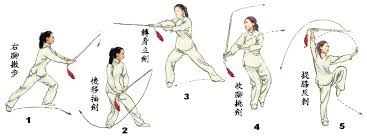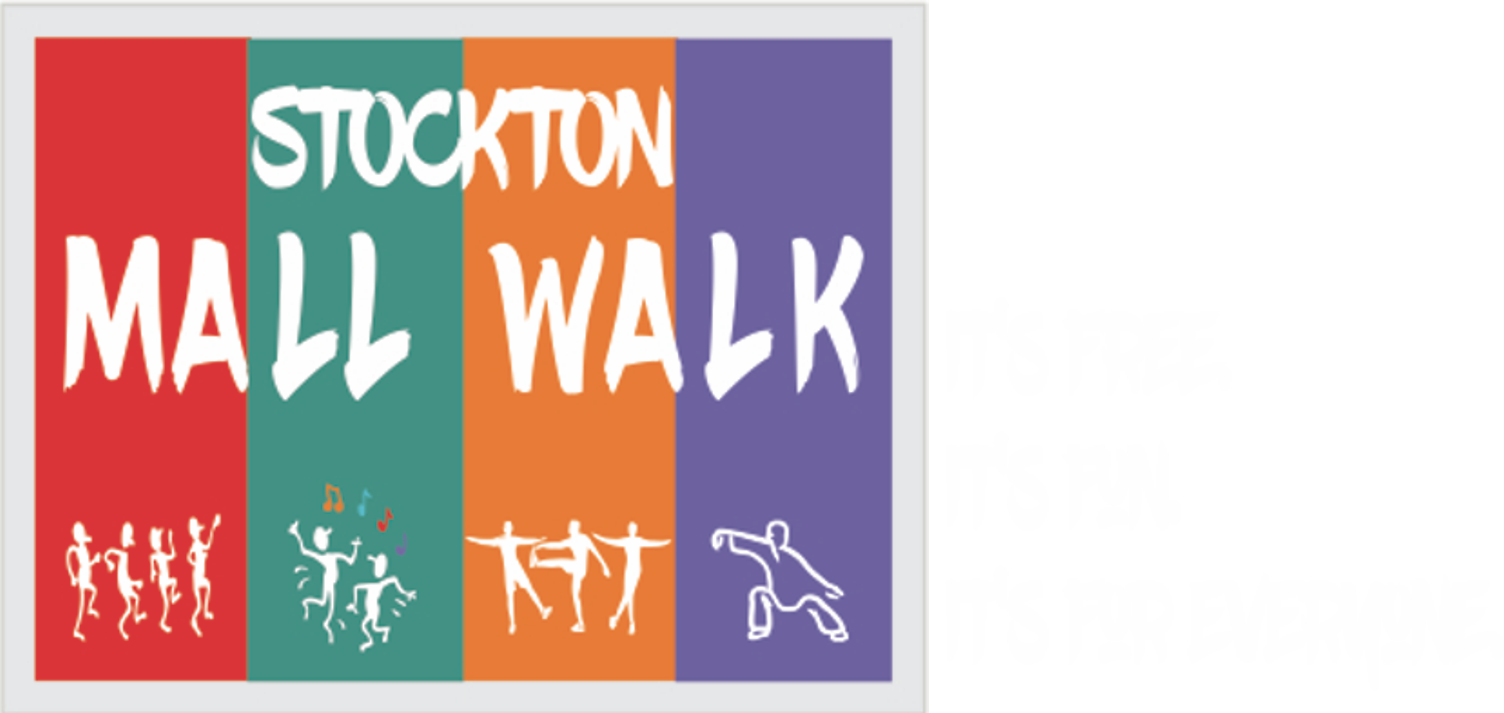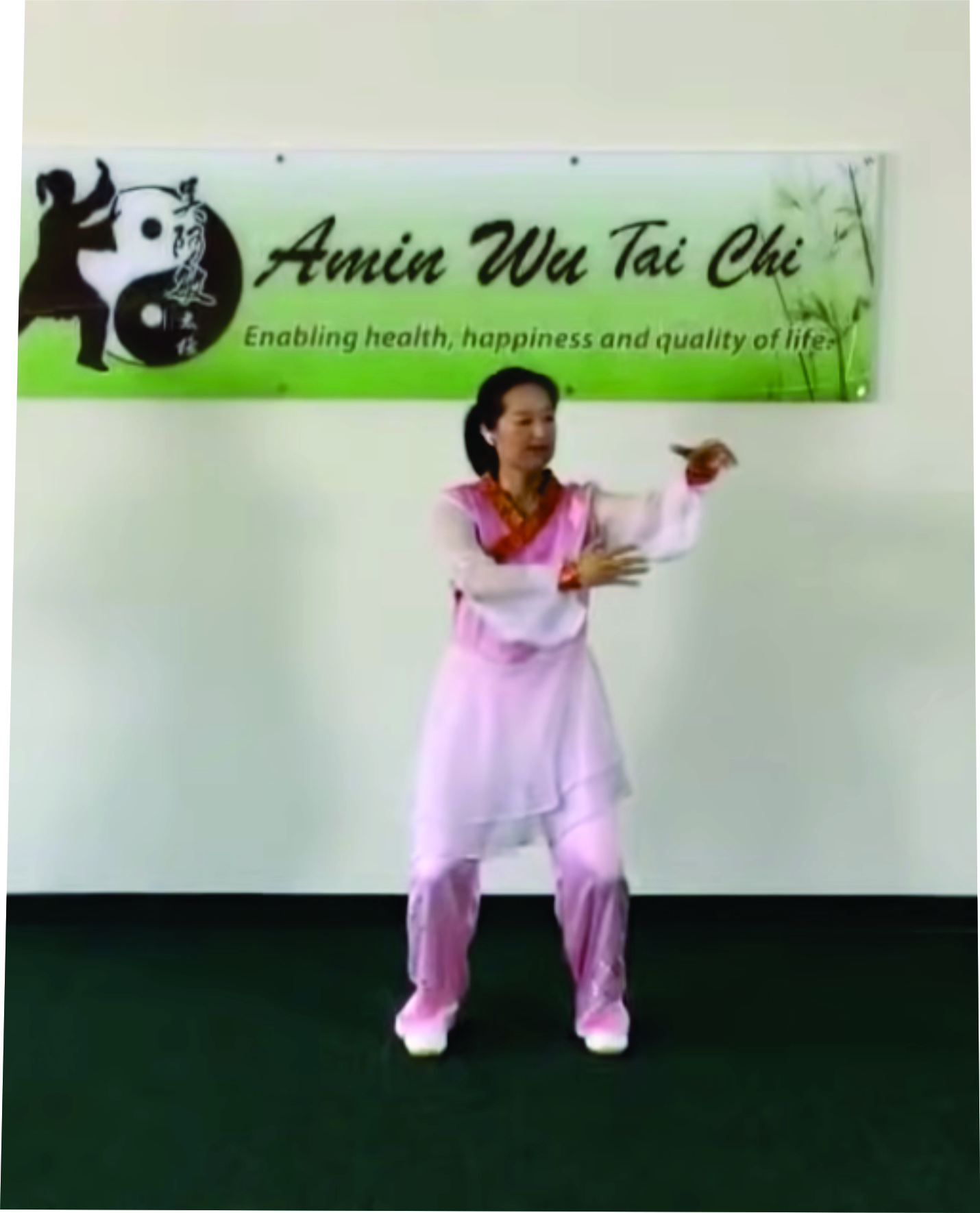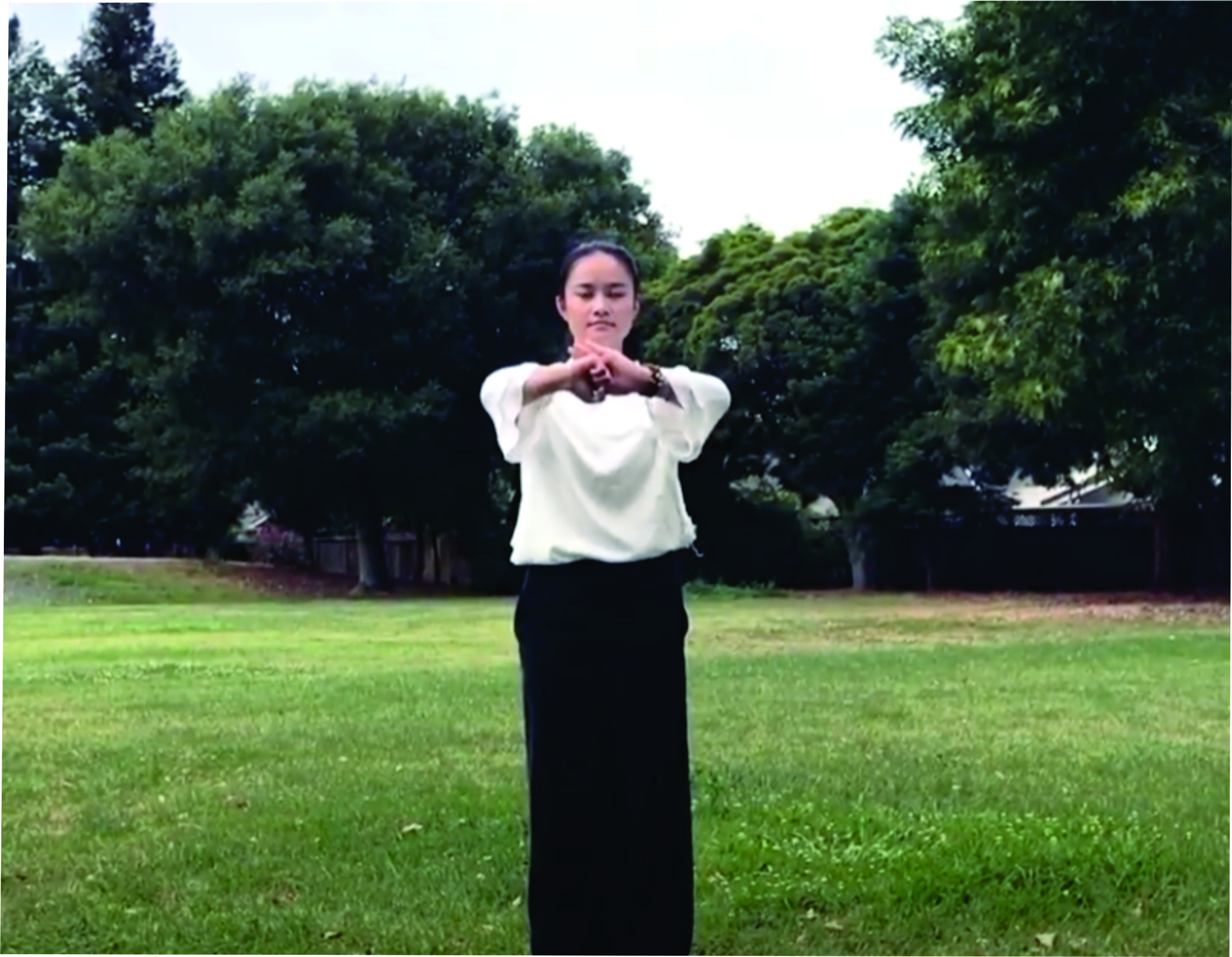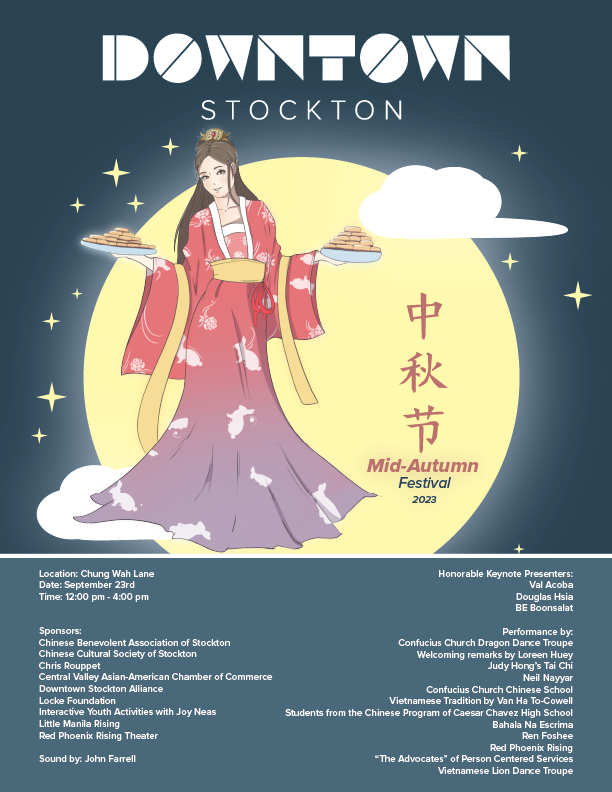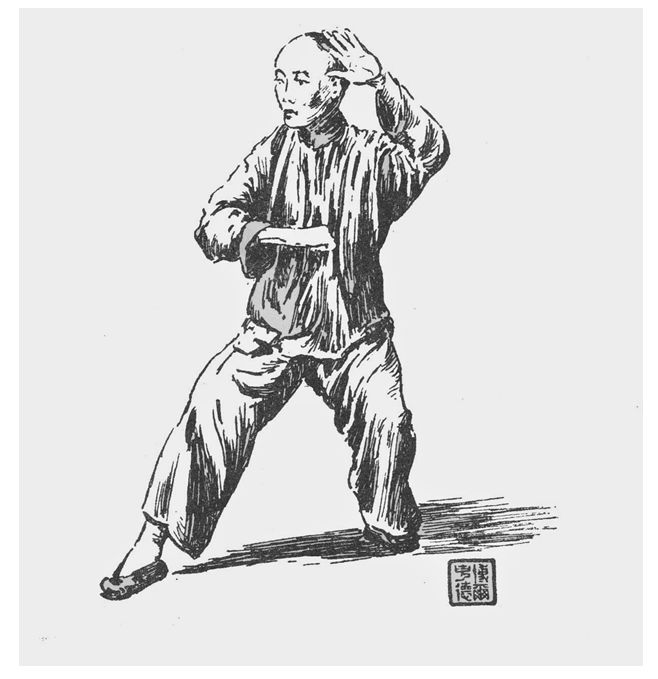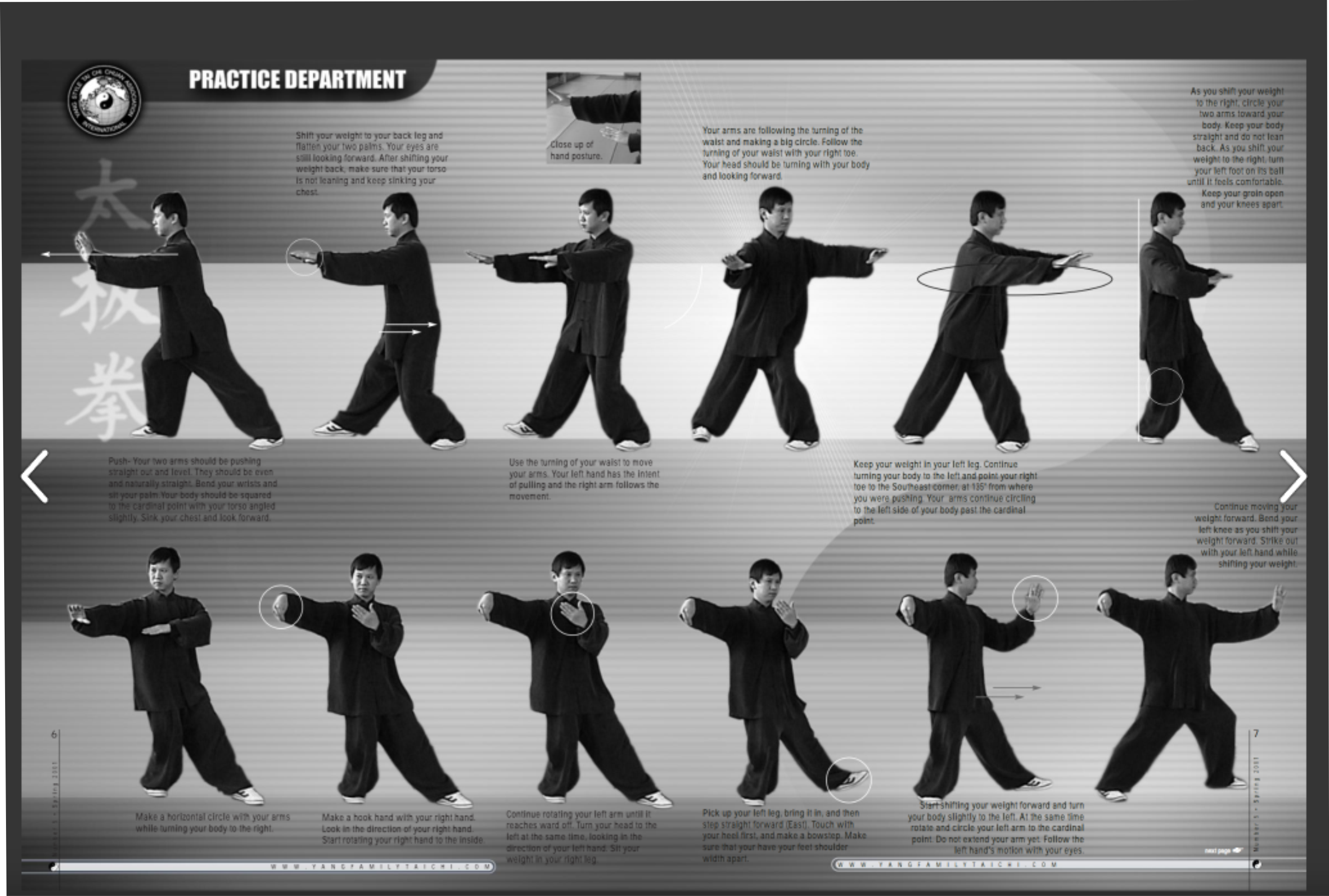|
By Christine Morgan on 03/27/23
When we practice Tai Chi, are we using intention (aka Yi)? According to the Tai Chi Classics: intention (Yi) moves the energy (Qi) and Qi moves the body!
Many students come to Tai Chi with the intention of improving their balance. Without intention and awareness, how do they know when they are “in balance” or “off balance”? What about tension in your body? Where does it come from? The uncomplicated answer is: the mind! How can you release it if you are not aware that you have it or where you carry it in your body? Is it in your shoulders (very common), neck, trunk, etc. ? Without awareness and intention, how can you calm that “monkey mind”?
Do take the time to ask yourself, “Can I actually feel the movements, the bodily sensations, shifts in my balance, and the flow of Qi as I move?”
Of course, here I am talking about “internal” awareness although external awareness is important for many other reasons. However, more people are externally, not internally, aware. In my June 20, 2021 blog, as well as my June 27 2021 blog, I wrote about intention. Because it’s vital to Tai Chi and because I observe so many students “going through the motions” and seemingly mentally detached from their movements, I want to revisit it. My hope is that I can provide some clarity and better understanding.
Because intention is a somewhat vague term, we instructors don’t always talk about it with students, particularly new students. Perhaps we worry about overwhelming them while they are concentrating so hard on the “physical movements”. Unfortunately, without intention, what is Tai Chi but choreography? Sure, your body may feel better and a bit more relaxed, but are you getting the full benefit of the exercise?
You will often see Yi translated as “mind intention” because it is the mind that is the motivator and “commander of the intent”. It, therefore, stands that without the mind (either conscious or subconscious), there could/would not be intent. In fact, they are so linked that they can’t be separated. We can talk about intention as “deliberate movement”. In other words, intent must be applied prior to each and every movement we make. When we use intention together with Qi, we are in harmony with nature (and the Tao). This allows us to move smoothly, naturally, and “spontaneously”.
Perhaps a better way to say it is “that everything starts in the mind”, the mind then guides the energy so that it can become a physical reality (movement).
It stands to reason that intention without movement is NOT Tai Chi, nor is movement without intention. Internal and external are co-dependent in Tai Chi. When the mind is engaged and aware, it is constantly gathering data about your body. Yet another reason to move slowly when practicing, so that we can develop sensitivity and be mentally “engaged” in our mind, our body and all the related systems.
So what happens when our mind is disordered, unclear, or chaotic? This has been referred to as “moving from the external form”. Usually (but not always) this happens with new students when they are trying hard to move “correctly”. Totally understandable because all the movements, positions, postures, techniques, etc. are new and can be somewhat daunting. Unfortunately, this can cause our breathing to be out of sync with our movements. Hopefully, this stage passes fairly quickly - with regular practice! When practice is spotting or infrequent, this stage can last a long time.
The good news:
Without realizing it, we do give our body and mind non-verbal commands and directions daily. We just never stop to think about it. No words or verbal commands are said to ourselves in our minds to implement the things we wish to do; we simply do them. For instance, you probably think about grabbing that snack before you actually start reaching for it!
As we move in Tai Chi Practice, we strive to consciously feel the intention and to become more sensitive to it so that it can be used to make our bodies move. While we practice Tai Chi, it is the intent that emits from our brain/central nervous system that signals us to move. Once we can feel it and become more sensitive to it, we begin to refine the energetic quality of our intent through good posture, as well as the intentional focus of the mind. Of course, good posture and “intentional focus” are prerequisites.
Ben Sterling states in the Taijiquan Guide that nothing should be superficial or done for the sake of appearance or repetition. One of my favorite quotes: “Move with purpose, not just the surface”.
The flip side of intention:
An interesting (but true) concept - using the martial aspect of intention: Even if your “opponent” is untrained in intent, they can sense your intent if it is “highly focused”. Can this work to your disadvantage? Absolutely, in a combat situation. When facing an opponent, one does not want to “telegraph” the intent!
However, when we practice (non-martial) and are not facing an opponent in Tai Chi, it is important to build and develop your Yi. In fact, it is vital.
Does intention happen automatically? Absolutely not! It must be cultivated and developed. It does take some time and introspection. Is it worth it! Absolutely!
Having a clear mind and intent ensures that our Tai Chi is powerful and full. Regular (yes, that word again) practice will improve and keep the signal between your mind and your body strong. Your Tai Chi will have more depth and you will be able to enjoy all the mind, body, and spirit benefits of Tai Chi practice!
Let’s think about how you can transition your mind’s “clear intention” or Yi, into your everyday life. Wouldn’t it stand to reason that the results of your clear intentions would produce better outcomes, increased success, and perhaps a more satisfactory life! There doesn’t appear to be downside!
|
